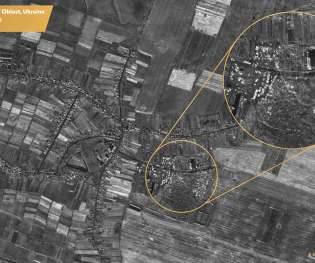Hacking for Defense @ Stanford – Making the World a Safer Place
Steve Blank
JANUARY 26, 2016
Today these potential adversaries are able to harness the power of social networks, encryption, GPS, low-cost drones, 3D printers, simpler design and manufacturing processes, agile and lean methodologies, ubiquitous Internet and smartphones. Department of Defense and Intelligence Community are now facing their own disruption from ISIS.










Let's personalize your content